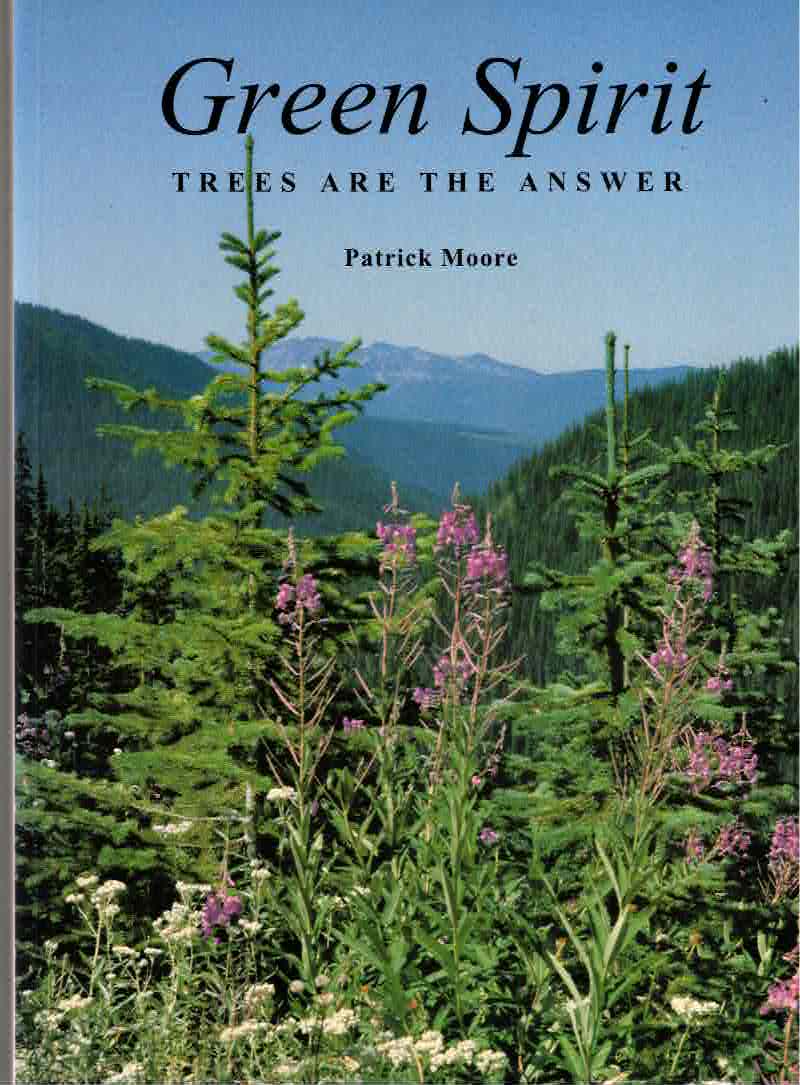Moore grew up in a logging camp at the water’s edge on Vancouver Island, British Columbia, following in the footsteps of his father, working for a logging company. Moore knew only this logging camp for his first 15 years before being sent off to a boarding school in the nearby woods, and then on to the University of British Columbia, where eight years later, still in view of the surrounding trees, he emerged with a Ph.D. in forestry.
Through his first-hand research among the trees, more than through his coursework, Moore learned of many destructive forestry practices and spoke out against them, often to the detriment of future career opportunities. That led him to form the activist group Greenpeace, where he worked tirelessly to save the environment from ignorance.
Radical environmentalists use forests as a sledgehammer in their efforts to stem human progress. Many convey the simplistic and incorrect impression that the choice is between preservation and devastation. We are told the trees that grow back after logging are inferior to the old ones.
In fact, the new forests that grow are as diverse and beautiful as the ones they replace. Moore explains how forests have recovered through time from fire, ice, wind, volcanic eruption, disease, and human disturbance.
He writes, “The only way to stop forests from growing back is by purposefully interfering with the process of renewal, by plowing the land every year and planting crops, by setting so many livestock on it they eat every tree seedling that tries to grow, or by covering the land with cement buildings.” A case in point: in 1900 Vermont was so heavily farmed that only 35 percent of its land area was covered by forests. Today, a full 76 percent of the state is forest.
Moore details the life cycles of forests and the waste of letting them die and rot of old age, and he even tackles the spiritual qualities most of us feel while in a forest. He concludes with precise opinions on forest management–including a brilliant explanation of the value of clear-cutting as a productive means of serving the industry, forest preservation, and mankind.
No one has ever tackled this taboo subject as well. Clear-cutting is good for the forest at the right time and place, safest for the loggers, and most productive for society. Trees do grow back, better than ever.
Moore offers an excellent tutorial that will enable readers to educate friends and family who might support, in a knee-jerk reaction, making all “old trees” off-limits.
pp. 151 illusts #0821 Signed by Author. First Edition. Forest ecology. Reforestation.
